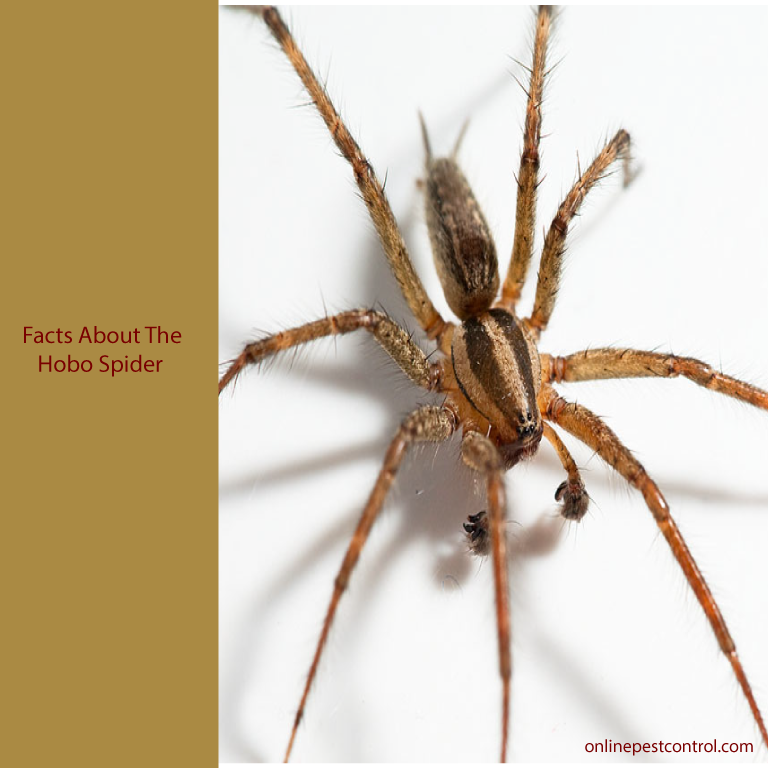

There is some debate on the lifecycle of hobo spiders, but, in general, they can live several months or up to one or more years. They do not generally seek out human homes to make their nests, preferring less competition in places like dry, rocky areas, cracks in retaining walls, and piles of logs. until the 1930s, when they were introduced from Europe. If you can get close enough, you’d see that hobo spiders have eight eyes in two straight rows and six to eight teeth.Īs mentioned above, hobo spiders are most commonly found in the Pacific Northwest in the United States, although they can also be found as far east as Utah. Hobo spiders are often confused with brown recluse spiders, so it’s important to know the differences. An important way to distinguish hobo spiders from other species of funnel-web spiders is by the lack of darker brown banding down their legs. They also have a yellow and gray pattern on their backs.

They are sandy brown in color with darker brown areas on their legs and upper torsos. It’s important to note that there are other funnel-web spiders, and not all webs shaped like tiny tornadoes are home to hobo spiders.

They are classified as funnel-web spiders, due to their characteristic tornado-shaped webs. The male hobo spiders are generally smaller than female spiders, although they are such quick runners, it may be hard to tell at a glance which is which. Hobo spiders are quite small, averaging between 7–16 mm long at maturity.
#Hobo spiders how to#
Learn more about hobo spiders, including what they look like, why they bite, and how to get rid of hobo spiders if you have one in or around your home. These small spiders are quick runners with big bites. If you live in the northwestern United States, you have probably heard about hobo spiders and have likely seen their webs.


 0 kommentar(er)
0 kommentar(er)
